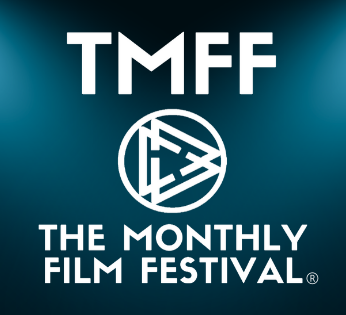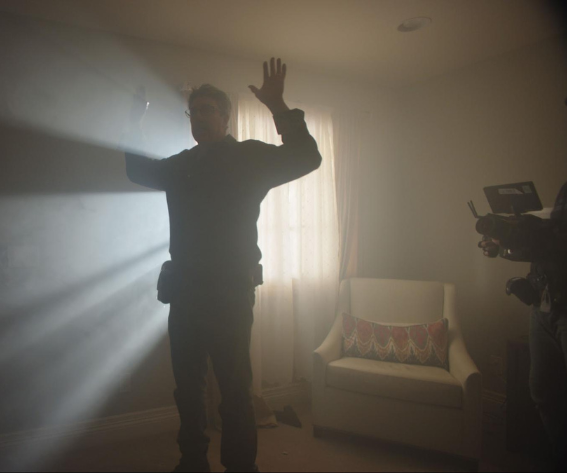Movies aren’t just entertainment. They shape how people see science, scientists, and even the future. From genetic engineering in Jurassic Park to space travel in Interstellar, films can spark curiosity or spread misconceptions. That’s why it’s worth asking—do movies help people understand science, or do they confuse audiences even more?
Science in Movies: Helpful Teaching Tool or Confusing Fiction?
Some films make scientific ideas easier to grasp. For example, The Martian explains space survival using real physics and botany. Many teachers even use clips from such films in classrooms. But there’s another side. Movies often bend facts for drama, which may lead to false beliefs about space, time travel, or genetics.
This problem is familiar to students writing research papers. When pop culture influences topics like cloning or artificial intelligence, academic work demands accuracy. For some, managing deadlines and correcting misconceptions can be stressful, which is why services like MyPaper24 are sometimes used to get help with research-based writing in a realistic, non-promotional way.
When Science Gets Rewritten for the Big Screen
Filmmakers often simplify or alter scientific facts to make stories more dramatic or emotional. That’s not always bad—but it can confuse viewers if they trust films as accurate sources.
Here are a few common science “tweaks” made in movies:
- Sound in space: Films like Star Wars add booming explosions even though real space has no sound.
- Instant DNA cloning: In Jurassic Park, scientists recover dinosaur DNA from amber and revive species in minutes. Real genetics is far slower and messier.
- Hacking in seconds: Characters break into secure systems with a few keystrokes. Real cybersecurity doesn’t work that way.
- Time travel logic: Movies such as Back to the Future ignore physics for the sake of humor and storytelling.
The Positive Side — Inspiration and Curiosity
Films don’t always distort science in negative ways. Some encourage young people to study astronomy, biology, physics, or robotics. Interstellar inspired interest in black holes and relativity, partly due to physicist Kip Thorne’s involvement in the film. Hidden Figures showed the real story of Black female mathematicians at NASA, motivating students around the world.
Even when science is simplified, films can make it feel accessible. They give people a starting point to explore topics more deeply through books, documentaries, or school projects.
When Movies Harm Scientific Trust
The problem begins when fiction replaces facts entirely. For instance:
| Movie Example | Misleading Idea | Reality Check |
| Armageddon | Oil drillers can destroy a huge asteroid | NASA says this is not practical or realistic |
| Lucy | Humans use only 10% of their brain | Neuroscience shows we use almost all brain areas |
| 2012 | Solar flares instantly melt Earth’s crust | Solar flares cannot cause such catastrophic events |
These exaggerated ideas can damage public trust in real science. If people think science is effortless or always dramatic, they may ignore how complex and time-consuming real research is.
How Scientists Help Make Films More Accurate
Many directors now consult real scientists. This helps maintain accuracy without ruining storytelling.
Examples include:
- Physicist Kip Thorne advising Interstellar.
- NASA helped Pixar create space stations in Lightyear.
- Marine biologists working on Finding Nemo to design realistic coral reefs.
Movies may still adjust facts for storytelling, but expert involvement helps reduce glaring errors.
How Audiences Can Watch Science Movies Smartly
You don’t need to be a scientist to think critically while watching films. A few habits can make a big difference:
- Ask questions: Could this really happen?
- Do a quick search after watching: Check if the science is real or fictional.
- Watch documentaries or lectures on similar topics.
- Use films as inspiration—not as textbooks.
Final Thoughts
Science and cinema have a strong relationship. Films can make complex ideas easier to grasp, spark interest in scientific careers, or highlight real historical events. But they can also spread myths if viewers don’t question what they see. The best approach is balance—enjoy the story, and stay curious enough to separate fact from fiction.









Leave a reply